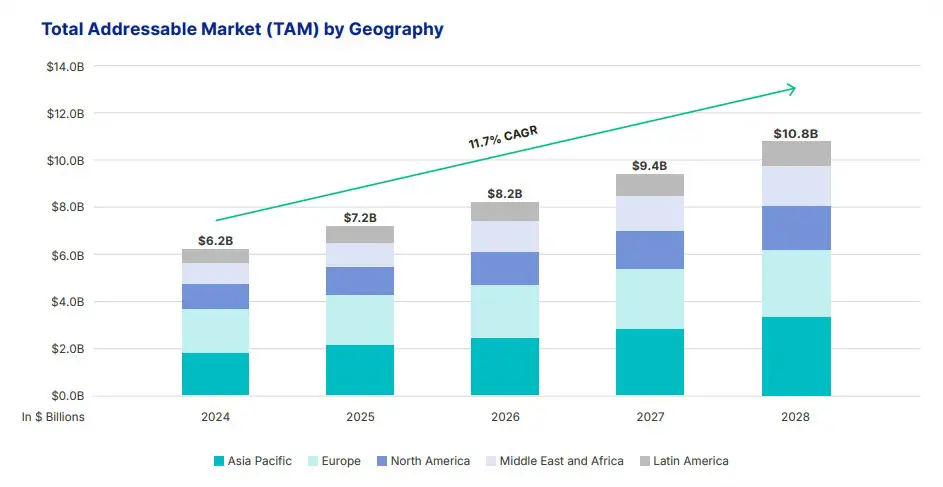The CIAM Market (Customer Identity and Access Management) is undergoing significant transformations. As businesses increasingly recognize CIAM’s critical role in securing and managing customer identities on digital platforms, this market is poised for substantial growth—from $6.2 billion in 2024 to $10.8 billion by 2028. This growth underscores the evolution of CIAM solutions from basic tools to essential, strategic business solutions.

Despite substantial ROI from CIAM—such as operational cost reductions and revenue growth—organizations face challenges with their existing systems. A significant issue is siloed and unauthoritative identity data management, further complicated by data privacy regulations that disrupt identity management across organizational divisions. This challenge is magnified by the need to balance stringent security with a fluid user experience, rendering traditional, inflexible CIAM solutions less effective.
With the market’s maturity, dissatisfaction with standard, non-customizable CIAM solutions is growing. About 49% of respondents, particularly from financial services, are considering switching providers to seek more advanced, customizable solutions that better integrate across applications and manage identities seamlessly. This drive for innovation is fueled by emerging security and compliance challenges and the necessity to support scalable operations and enhance customer engagement and retention effectively.
The CIAM market is shifting towards more flexible, customizable, and integrative solutions. Providers differentiate themselves by incorporating advanced features such as user behavior analytics, adaptive authentication, and API-first capabilities that allow organizations to adapt their CIAM systems without complete overhauls. These “plug-and-play” solutions enable businesses to seamlessly integrate new functionalities into existing systems, catering to specific operational and regional needs.
Additionally, CIAM’s strategic importance is increasingly recognized across business units, fostering more collaborative approaches in implementing and managing these solutions. With 89% of surveyed organizations acknowledging reduced business costs through CIAM and a significant percentage reporting enhanced revenue and customer retention, the strategic value of CIAM is clear.
As the market continues to evolve, organizations are urged to reassess their CIAM strategies, considering solutions that offer the flexibility to adapt to changing legal and technological landscapes, thus ensuring continuous improvement in customer management and operational efficiency.
What’s Next for Financial Services
The financial services sector is currently at a significant turning point regarding Customer Identity and Access Management (CIAM). A recent survey has revealed that almost half of the businesses within this industry are contemplating a shift towards more advanced CIAM solutions. This indicates that the next phase would involve adopting CIAM systems that enhance security and customer experience and provide a unified view of customer identities across all platforms. This shift is crucial for financial institutions that seek to replace legacy systems with more integrated and flexible solutions that can adapt to diverse regulatory environments and complex customer interactions.
As these organizations focus on scalability and compliance, they will likely lead the demand for next-generation CIAM capabilities. These capabilities may include improved identity verification processes and more sophisticated data management technologies. Transitioning to next-generation CIAM systems is essential in supporting the financial services sector’s unique needs, such as managing sensitive financial data and complying with stringent global regulations while ensuring a seamless customer journey from onboarding to ongoing engagement. Financial institutions must ensure that they can maintain the trust and confidence of their customers by providing secure and reliable services. As such, adopting next-generation CIAM capabilities will enable these organizations to deliver exceptional customer experiences while ensuring the highest level of data security and privacy.
The shift towards advanced CIAM systems will allow financial institutions to streamline operations, reduce costs, and improve overall customer satisfaction. Adopting these systems will also play a critical role in helping financial institutions stay ahead of the competition and meet the evolving needs of their customers.


